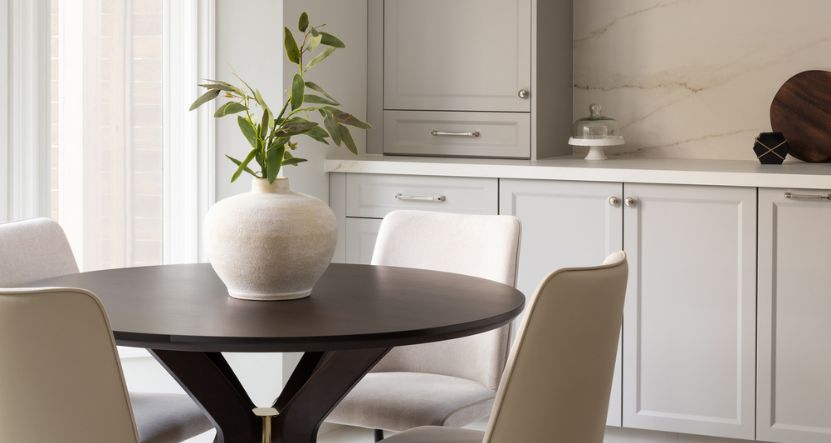
How to Create Your Interior Decorating Budget
If you’re thinking about re-decorating your home or decorating a new home you’ve just purchased, one of the first things you should do is establish your planned investment (aka your decorating budget).
While it might be easy to create a budget based on the cost of furnishings alone, there are a few other costs that are important to consider when making a decorating budget. I find it’s easiest to break these into four categories: Furnishings & Decor, Shipping & Delivery, Trades & Skilled Installers, and Professional Design Fees
Furnishings & Decor
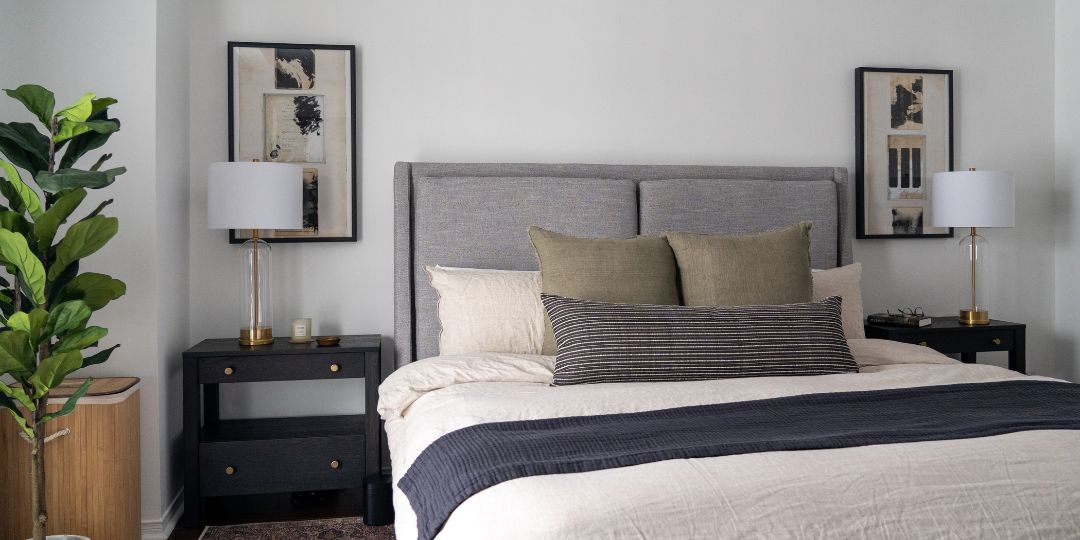
Furnishings and decor will account for the largest amount of your decorating and are usually the most straightforward to estimate. It includes everything from furniture, window coverings, lighting, rugs, accessories, and wallpaper. A simple way to create your decorating budget is to write down absolutely everything you think you’ll need to decorate your space and then assign each a value. You can use an average cost by looking at retailer websites or download our free furnishings investment guide for some averages.
Not interested in DIY?
When you start an interior decorating project with Kathleen Casey Design, we work with you to clarify everything you want to accomplish and then create an estimated investment based on a conceptual design for your approval before we dive into the final design.
Shipping & Delivery

In addition to the actual item’s cost, you also need to consider the costs associated with getting the item to your home. When ordering online or through a store, you will usually be paying for shipping & delivery only and will be required to assemble your purchases yourself (or hire someone to do the assembly for you). Some retailers may offer “white glove delivery,” which usually includes the assembly/setup of your items and the disposal of any packaging material. I find estimating 10% of the furnishings & decor total is more than enough to cover this.
Trades & Skilled Installers
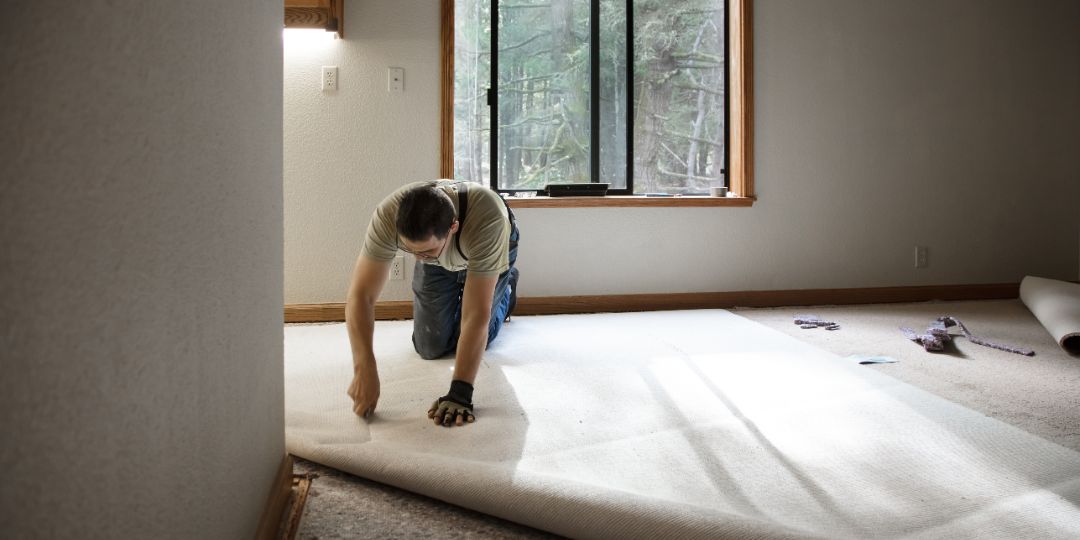
Even with decorating projects, items may still require skilled individuals to help with installation. These might include an electrician, handyperson, window treatment installer, painters, and/or wallpaper installers. These costs can vary greatly depending on the size and complexity of your project. I recommend obtaining three quotes from each required trade once you have a general idea of what you want to do so you can keep these costs in mind while creating your decorating budget.
Professional Design Fees
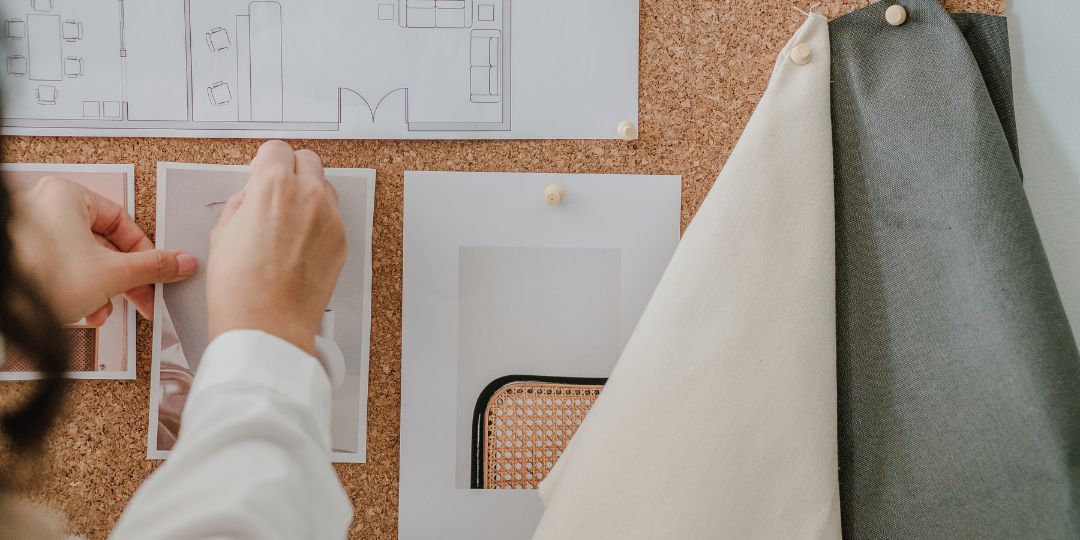
If you decide that you would like to work with a designer to decorate your home, it’s essential to consider their fees as well. One of the first questions we ask potential clients is if they have a planned investment for their project and what they’re including in that number. Here at Kathleen Casey Design, we bill a flat-rate design fee that covers your entire decorating project from start to finish. While our fees depend on the project’s size and complexity, our fees usually end up being around 10-20% of the total investment.
Oh, and let’s not forget about taxes…
What’s the saying? Nothing in life is certain except death and taxes. It’s so true. Remember to add a line item for tax in your budget, and if you plan to work with a designer, let them know if the investment you have in mind includes taxes. Here in Ontario, that 13% can make a big difference!
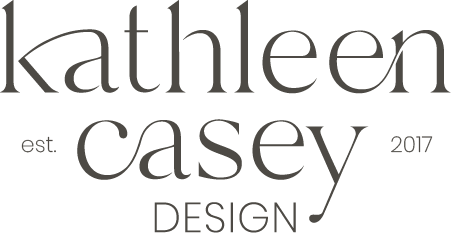
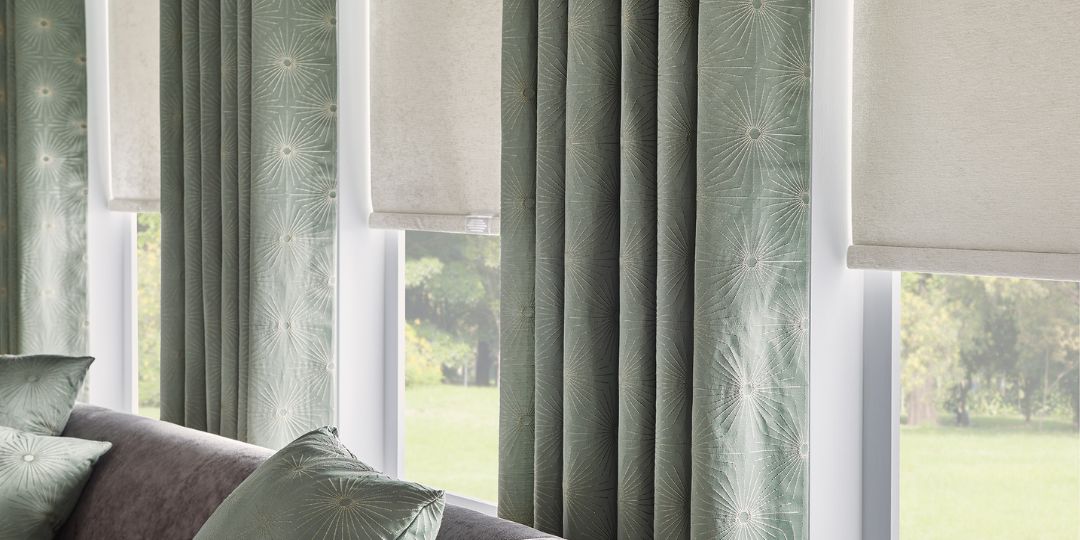
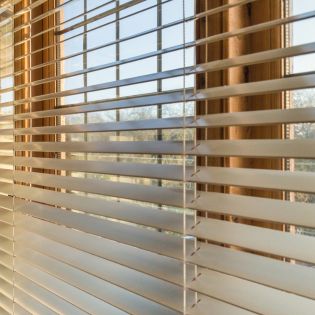
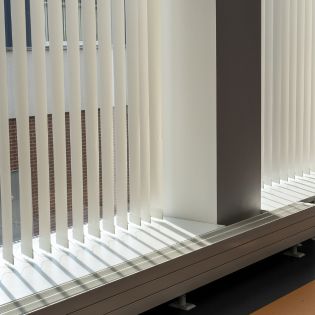
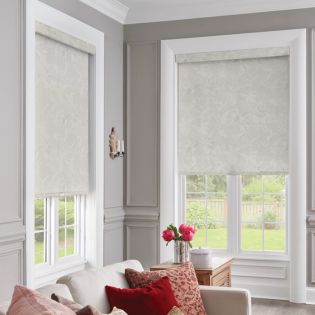
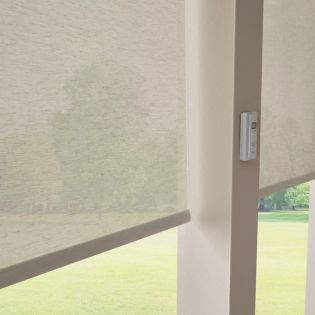

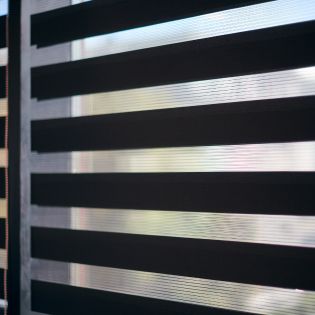
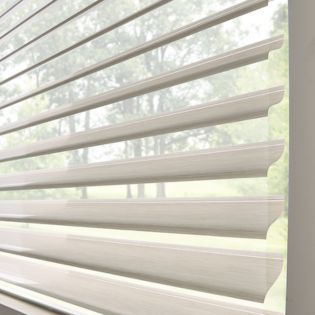
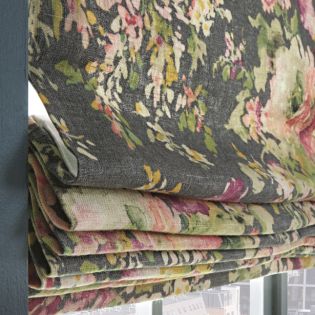
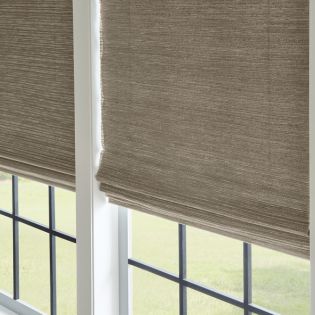
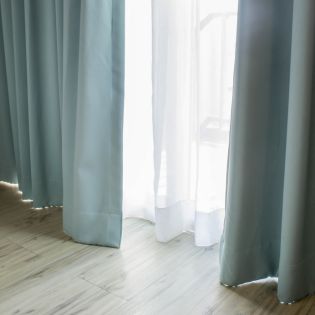
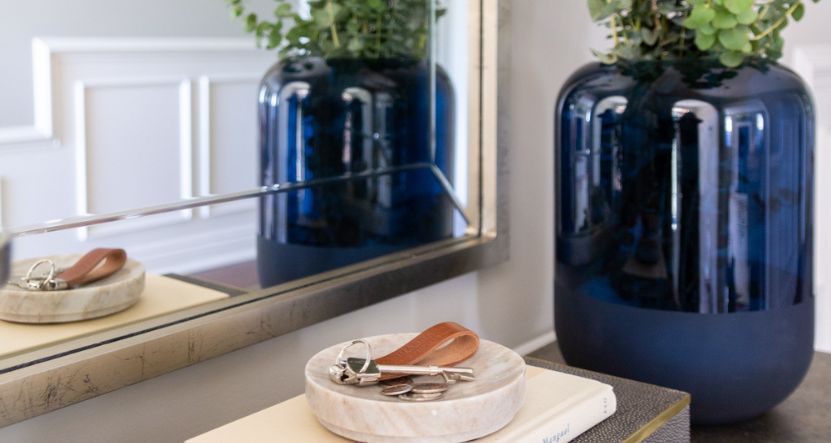
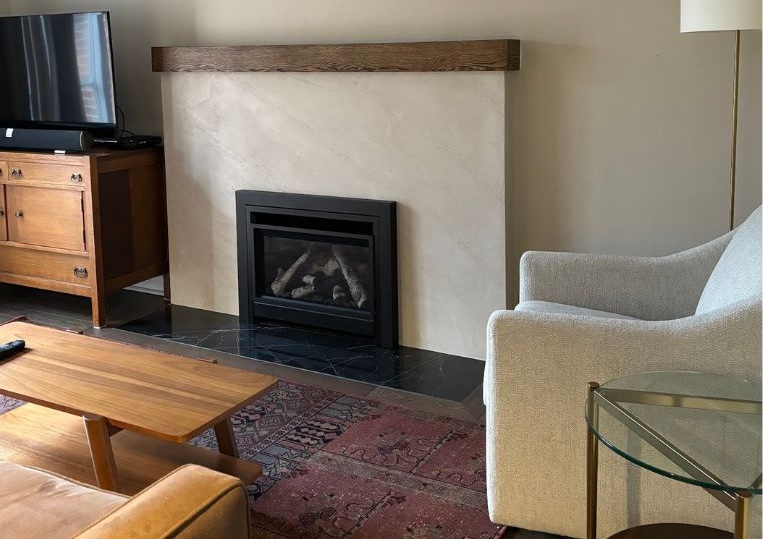
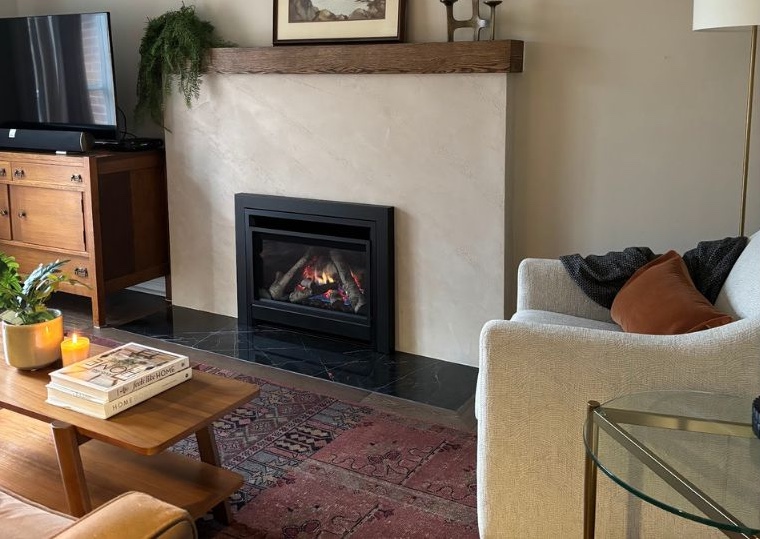
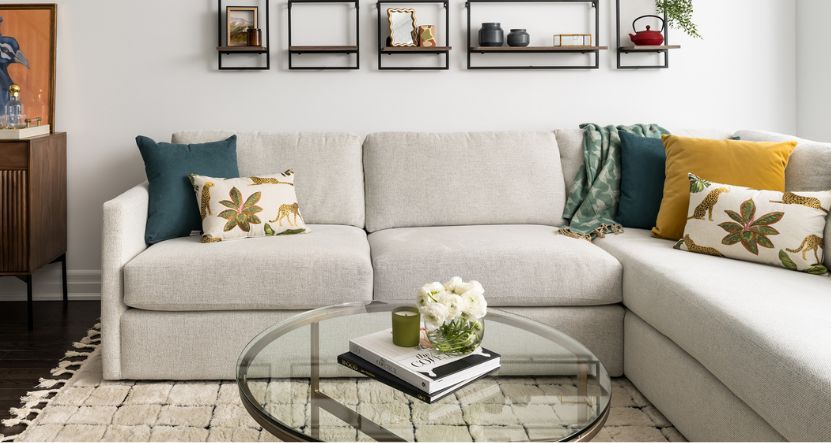
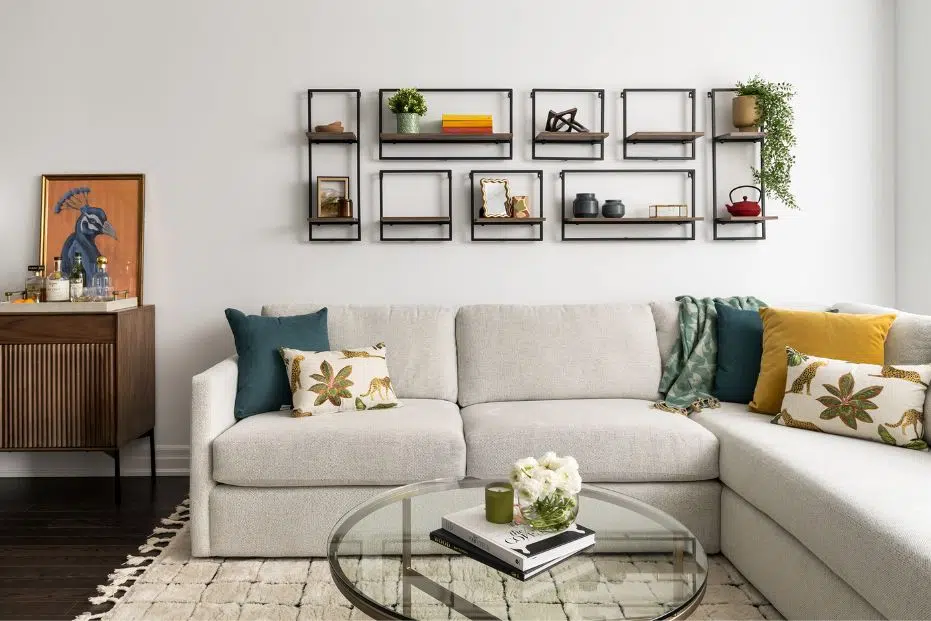
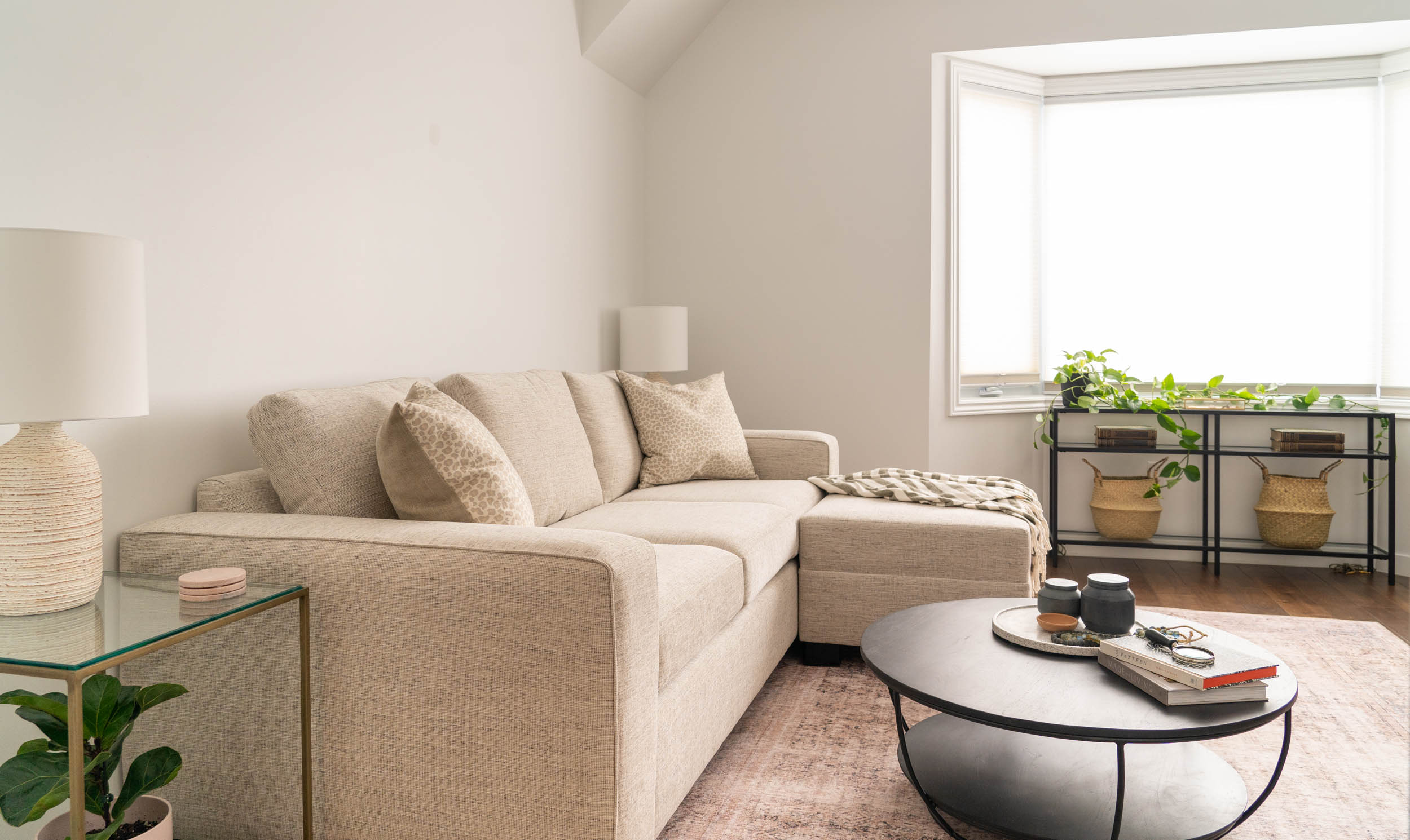
Recent Comments